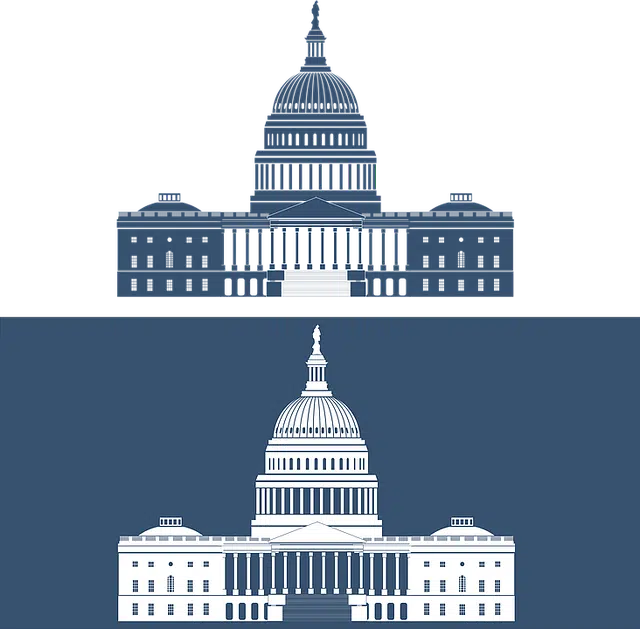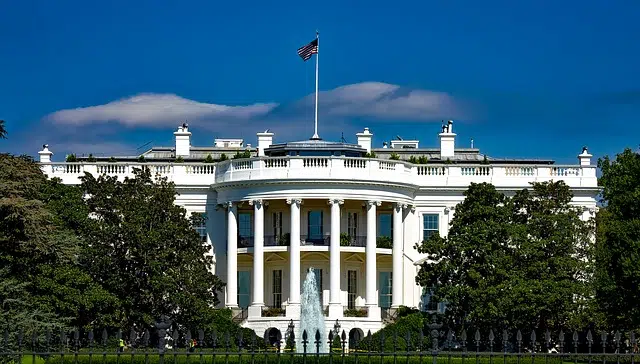
A federal government administers a State based on federalism.
The body in charge of exercising the executive power of a State is called the government . The concept can also refer to the length of time the mandate of its authorities (the president, ministers, etc.) lasts. Federal , meanwhile, refers to federalism: a system based on the permanent union of States that are linked under principles of hierarchy, autonomy and participation.
A federal government , therefore, is one in charge of directing a State organized in this way. This is the central government that acts in coordination with the various private governments of the different regional administrations.
federalism
In a federal State or federation , there are multiple political and territorial entities that have a certain autonomy but are grouped in the same national State. A federal republic , for example, may have a certain number of provinces, each divided into various municipalities. In this framework, municipal governments, provincial governments and the federal government coexist.
A federal government, in short, is responsible for the exercise of national sovereignty and the legal representation of the nation as a whole. Their actions are determined by what is established in the National Constitution, which establishes their obligations, responsibilities and powers.
It can be said that the federal government is the central authority of a State organized as a federation. Its authorities exercise executive power at the national level, meeting the needs of the inhabitants of the entire territory but without violating the powers of other levels of government. The federal government “shares” power with state, departmental, provincial, municipal governments, etc.

The United States is a country that has a federal government.
The case of the United States federal government
Let's take the United States government as a reference to talk about its origins. We can say that its earliest form can be seen in the Constitution , which was adopted for the first time in 1787 in the state of Pennsylvania by the Constitutional Convention of Philadelphia. Two years later, its federal government was born, when the Articles of Confederation were replaced to give rise to the first constitutional republic in history.
The principles of the American government are those of federalism and republicanism, that is, power is distributed between the state and federal governments. Both these and the powers that correspond to the federal government are interpreted and executed according to the lines of action that have been established as a result of countless debates throughout history.
Different modes of organization
At first glance, there are two positions regarding the role of the federal government, in particular the space it should receive in proportion to the rest of the elements that make up the country. On the one hand, there are those who support expansive federal powers. Opposed to them, others prefer that the central government have a less comprehensive role, to give more space to states, individuals and other entities .
The federal government of the United States has experienced a general expansion of its powers since the Civil War, with certain specific exceptions: during the first years after the war, the legislative branch enjoyed a certain predominance ; Courts occasionally succeeded in limiting federal power because of pressure from state rights advocates.
The theory of the American Constitution rests on several pillars, one of which is the concept of "checks and balances ", something that must exist between the powers and responsibilities of the entire government, both the executive branch, the legislative branch and the judicial. The legislative branch can create a law, but the executive can veto its work, although this decision can be overturned by Congress.
